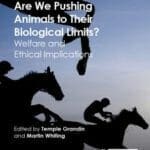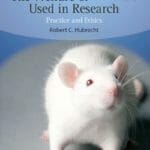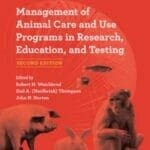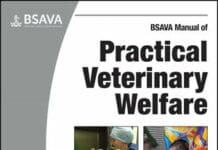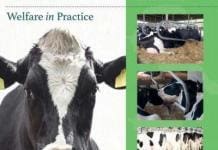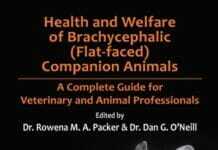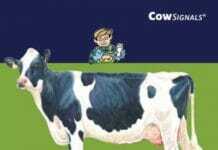The Welfare of Animals Used in Research, Practice and Ethics
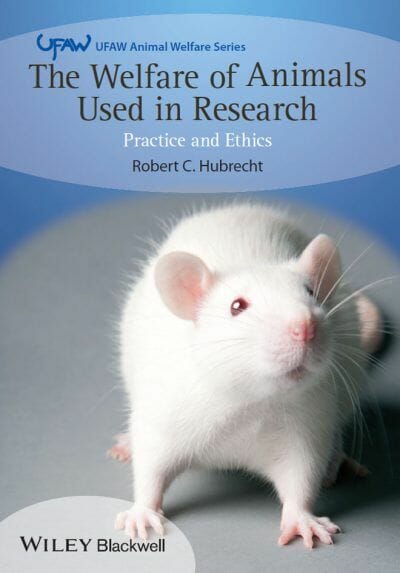
By Robert C. Hubrecht
The Welfare of Animals used in Research: Practice and Ethics Book PDF gives a complete and balanced overview of the issues surrounding the use of animals in scientific research. The focus of the book is on the animal welfare implications and ethics of animals in research. It covers the topics with sufficient depth to show a real understanding of varied and complex subjects, but conveys the information in a beautifully reader-friendly manner.
Key features:
- Provides those who are not working in the field with a reasonable understanding as to why and how animals are used in research.
- Gives an introduction to the ethical issues involved in using animals, and explains how these are addressed in practice.
- Details the advances in animal welfare and the use and development of the 3Rs principles, and how these have become fundamental to the everyday use and regulation of animals used in research.
- The focus is on principles making it suitable for an international audience.
This book is a useful introduction to the issues involved in laboratory animal welfare for those who intend to work in research involving animals. It is also useful to prospective animal care staff and animal welfare scientists, and to those involved in ethical review. It will help inform debate amongst those who are not involved in experimentation but who are interested in the issues.
Published as a part of the prestigious Wiley-Blackwell – UFAW Animal Welfare series. UFAW, founded 1926, is an internationally recognised, independent, scientific and educational animal welfare charity.
For full details of all titles available in the series, please visit the UFAW Animal Welfare series website.
This Book is For Premium Members Only



